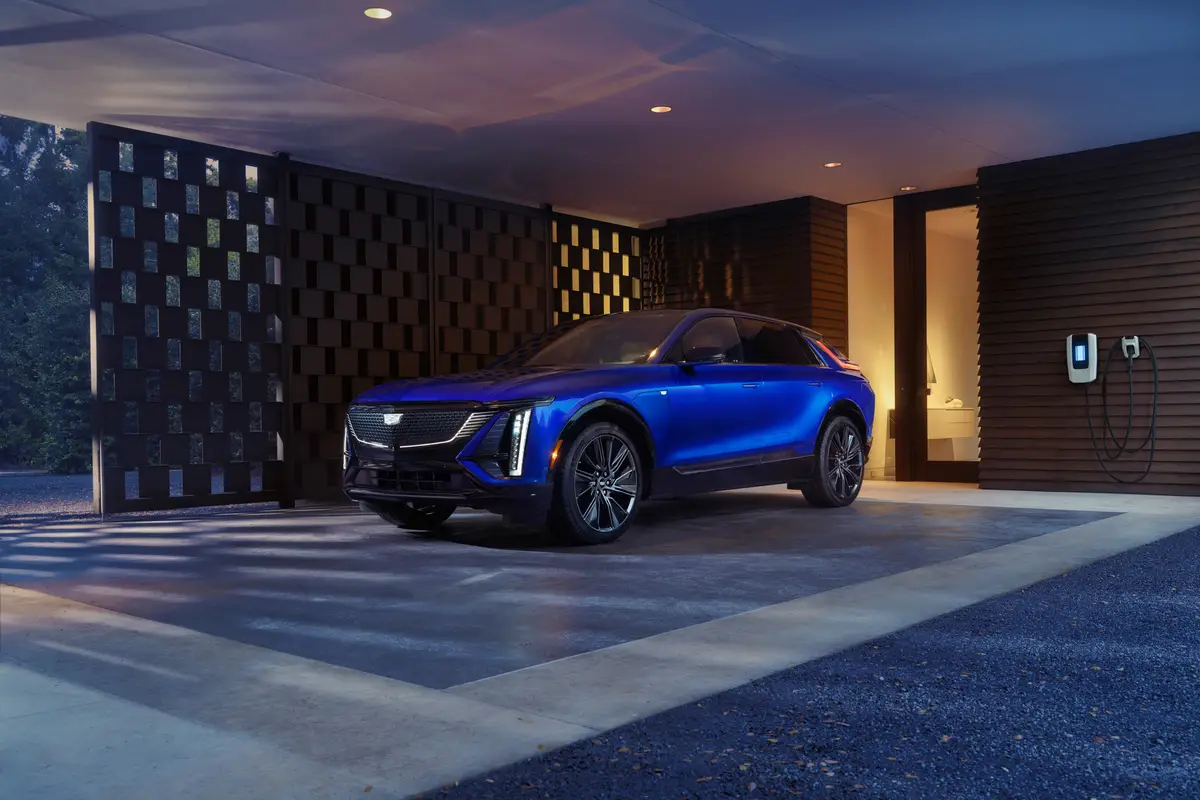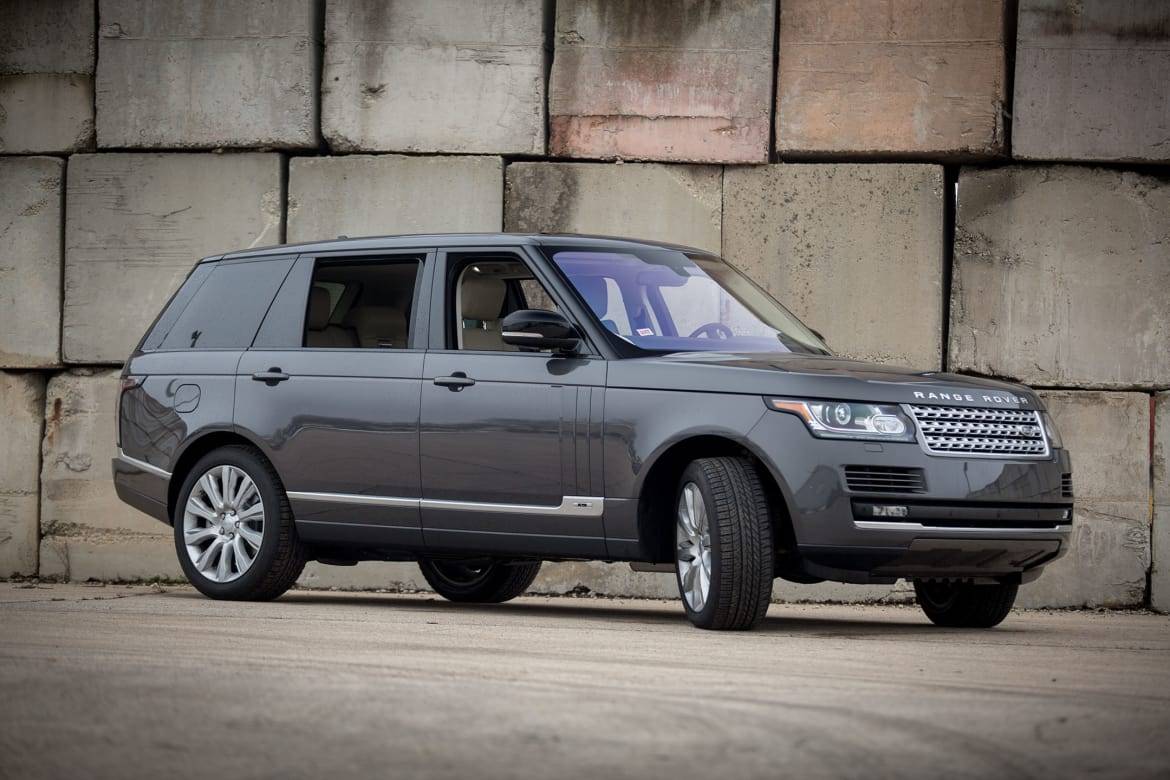washingtonpost.com's view
This is the way the real world works:
Volvo always thought of itself as a sensible automaker, one that never catered to whimsy.
Its cars and station wagons were strong and reliable, absent of baubles. They were safe, durable and reasonably fuel-efficient. Serious people, such as auto-safety expert Joan Claybrook, bought them.
But that wasn’t enough.
Facing declining market share in Europe and abroad, Volvo decided to loosen up in 1991. It acknowledged that sex sells. It introduced the slightly sassy Volvo 850 sedan, which was followed in quick order by even more alluring models — the truly hot C70 convertible, the swank S80 and S60 sedans, and the V70 wagons, including the wonderful Cross Country.
Volvo even reached out to the budget buyer with its little S40 sedan and wagon and found an audience there, too. The company’s sales soared, reaching a record high of 134,937 vehicles sold in North America last year.
But that wasn’t enough, either — especially in a market ruled by sport-utility vehicles.
So Volvo, the sensible car company that wants to sell 200,000 vehicles annually in North America by 2005, had to do something else. It made this week’s test model, the 2003 Volvo XC90 2.5T SUV.
“We really need that SUV to close the gap between last year’s sales and where we want to go,” said Vic Doolan, president and chief executive of Volvo Cars of North America.
Hmph.
Well, Vic, let me tell you something. If the public reacts to your regular production XC90s the way it reacted to the pre-production model I drove all week, you should have no trouble getting there — and beyond.
The XC90 is the SUV for everyone who hates SUVs because they think SUVs are too much — too big, too thirsty, too dangerous, too much of a threat to the environment.
“Would Jesus buy it?” Frankly, I don’t know. You folks in the Evangelical Environmental Network who are fond of asking that question will have to ask him. All I know is that it plays well in the suburbs of Sodom and Gomorrah, and that’s good enough for me.
The Swedish automaker, now a subsidiary of Ford Motor Co., has done a very clever thing here. It has created ROPS — its Roll-Over Protection System — which greatly reduces the XC90’s chances for rollover in all but the most uncorrectable steering errors, or the most unavoidable rollover crashes.
To test ROPS, I took the XC90 out to a vacant lot in central Virginia in the middle of a snowstorm and did lots of stupid things. I couldn’t get it to come close to tipping. I’ve driven some sports cars that weren’t as stable.
ROPS is a combination of design and electro nics. The XC90 has a low center of gravity for an SUV — only 31/2 inches higher than that of the very stable Cross Country wagon. It also uses gyroscopic sensors to monitor speed and roll angle so the electronic anti-skid system can adjust engine power and braking force as needed. All this happens within fractions of a second and is practically transparent to the driver.
The XC90’s electronically controlled all-wheel-drive system works well, too. In the snow, it quickly shifted power from slipping to gripping wheels. I didn’t get stuck once.
In normal driving conditions, 95 percent of the drive power goes to the front wheels. That arrangement helps save fuel that otherwise gets wasted in full-time four-wheel-drive models. Up to 65 percent of that drive power is shifted to the rear wheels during slippery situations.
All things considered — safety, comfort, highway performance, exterior and interior styli g, cargo capacity — the XC90 is an excellent crossover SUV, that is, a car/SUV/van. It’s not designed to climb mountains. But it will scale sales charts — and help to turn Doolan’s dream of a 200,000-vehicle North American sales year into a reality.
Latest news



